Associated Press
Updated Wed, September 13, 2023
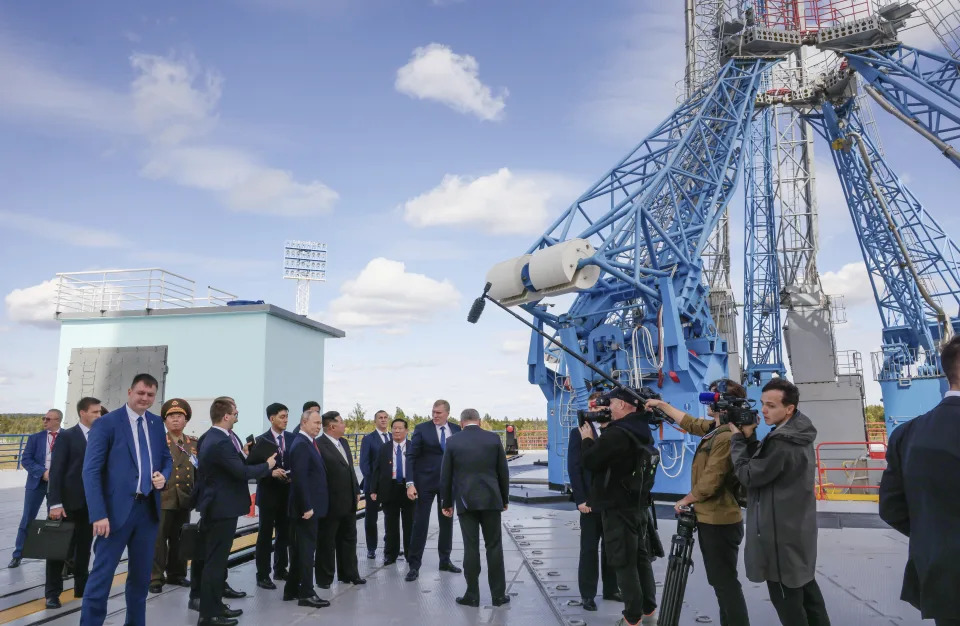

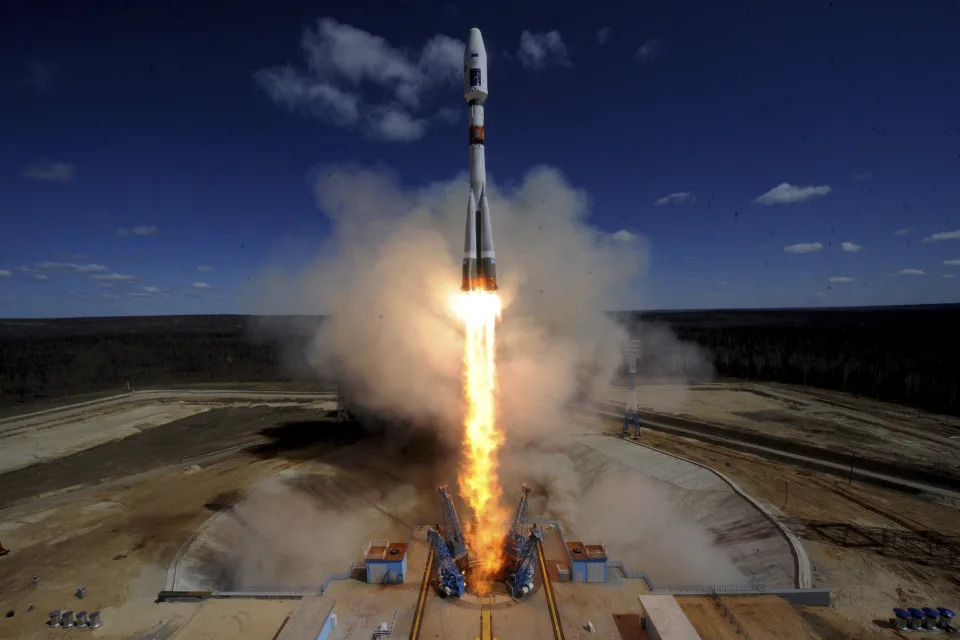
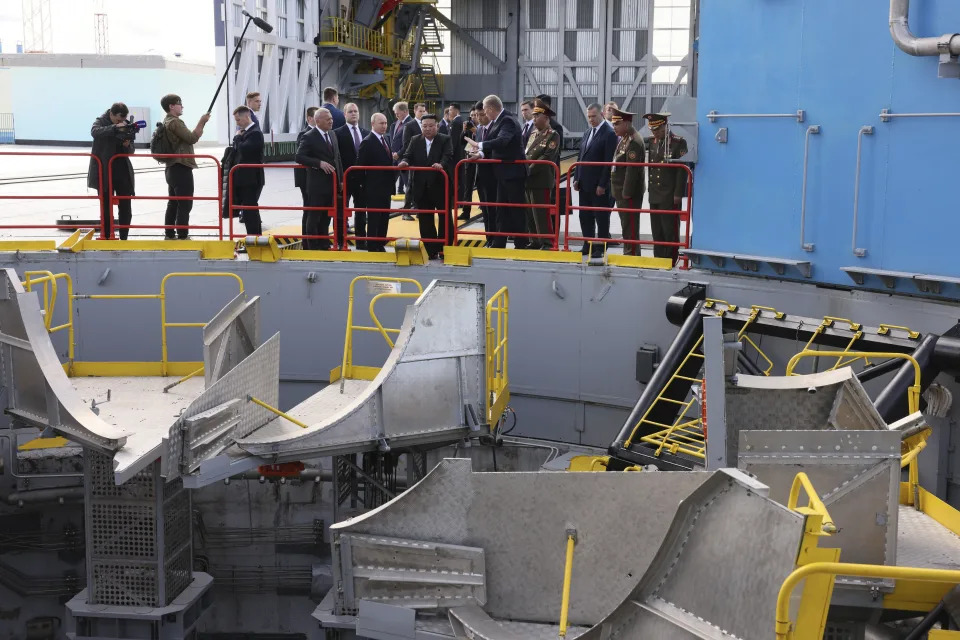
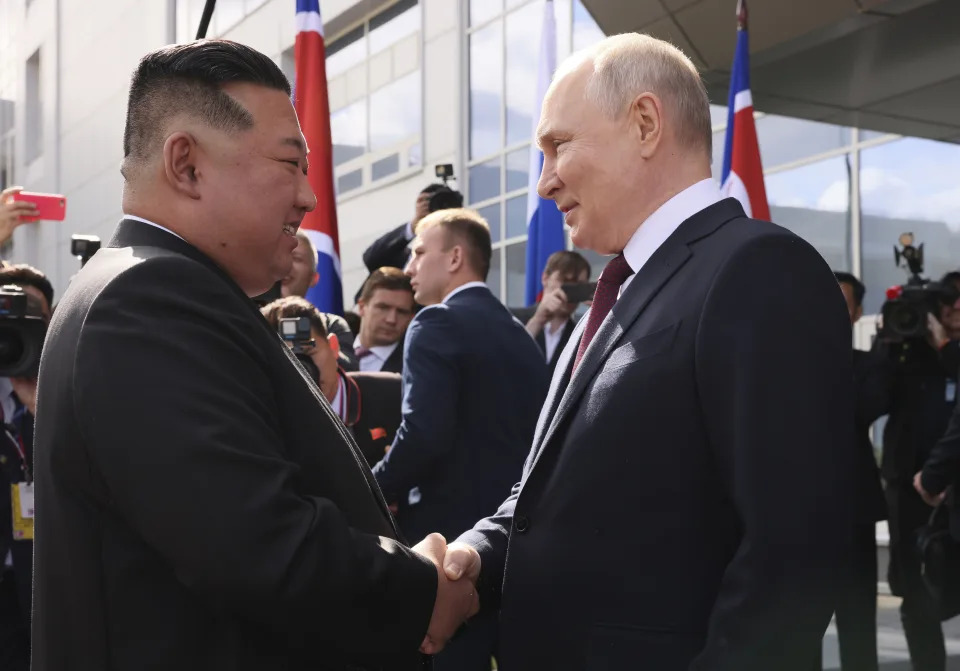
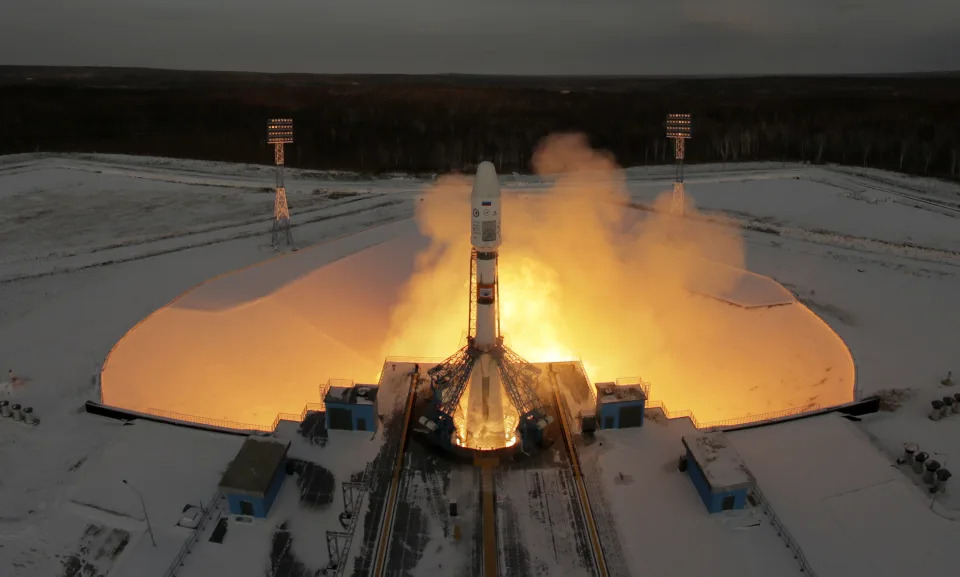
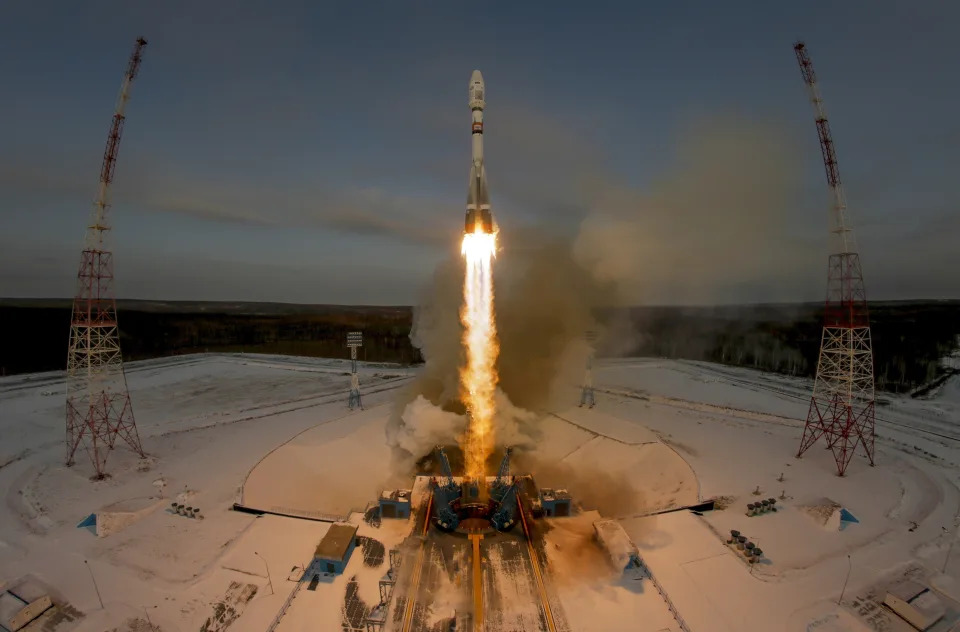
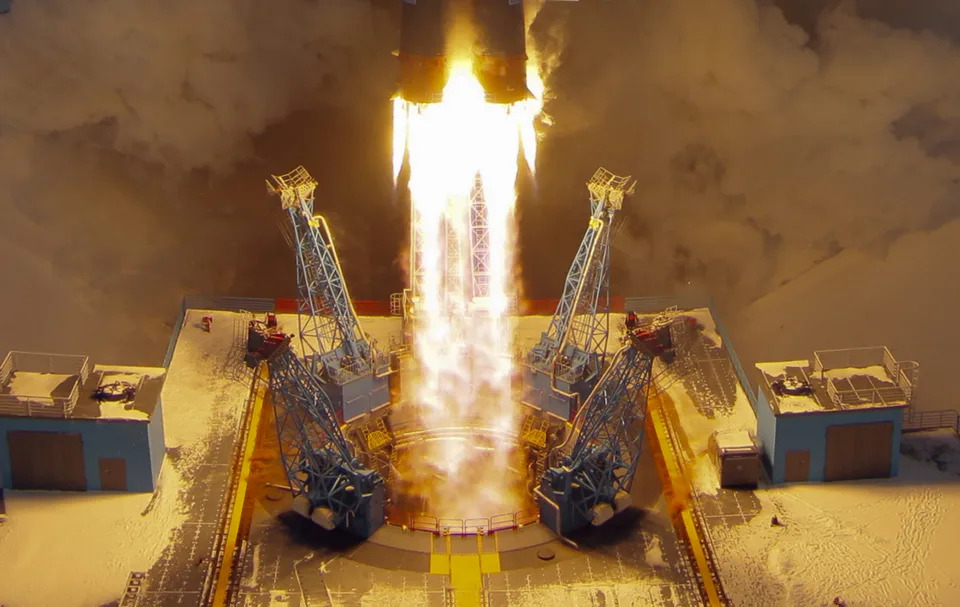
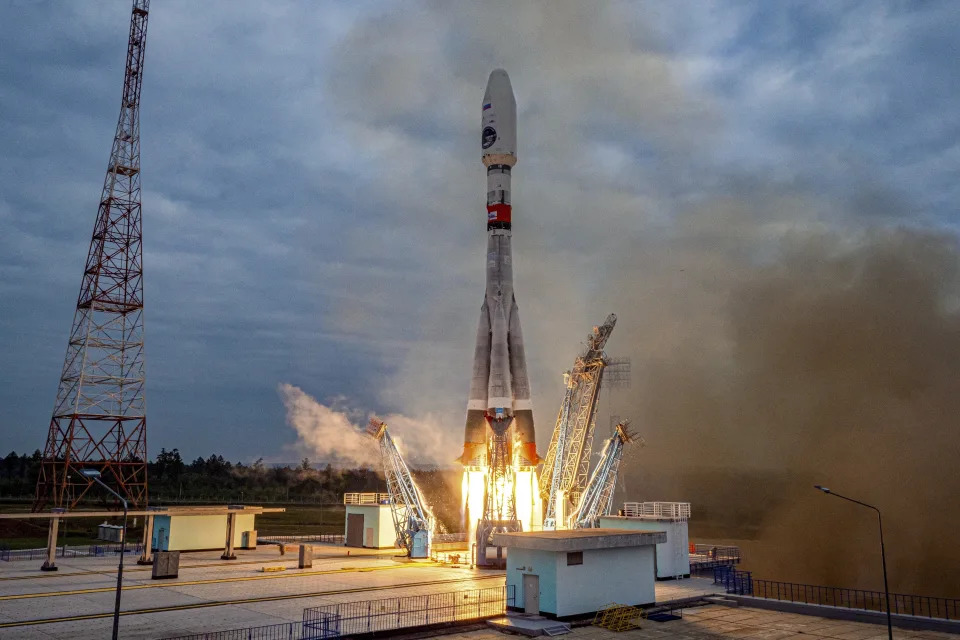
In this image made from video released by Roscosmos State Space Corporation, the Soyuz-2.1b rocket with the moon lander Luna-25 automatic station takes off from a launch pad at the Vostochny Cosmodrome in the Russian Far East on Friday, Aug. 11, 2023. Russia's Vostochny space launch facility where President Vladimir Putin hosted North Korean leader Kim Jong Un has a troubled history tarnished by construction delays and widespread corruption.
MOSCOW (AP) — The space launch facility where Russian President Vladimir Putin hosted North Korean leader Kim Jong Un on Wednesday reflects an ambitious attempt by Moscow to burnish its scientific glory that faded after the collapse of the Soviet Union.
The new Vostochny Cosmodrome has a troubled history tarnished by construction delays and widespread corruption.
Here is a glance at the spaceport's creation and capability:
POST-SOVIET CREATION
After the 1991 breakup of the Soviet Union, Russia leased the Baikonur Cosmodrome from Kazakhstan and continued to use it for most of its space launches. The agreement with Kazakhstan allows Russia to keep leasing Baikonur for $115 million a year through 2050.
The relatively small Plesetsk launch pad in northwestern Russia has been used for some military satellite launches and military missile tests.
Amid occasional disputes with Kazakhstan over Baikonur’s use, Russian authorities declared that the country needs a full-fledged space facility of its own while emphasizing that it will continue to use Baikonur.
In 2007, Putin signed a decree ordering the creation of Vostochny, which means Eastern in Russian, on the site of a Soviet-built missile base but actual construction works only began five years later.
DIFFICULT CONSTRUCTION
Vostochny’s location in an unexplored and sparsely populated area in Russia’s far east has added to the cost and length of construction works.
The project that cost billions of dollars has been dogged by continuous delays, workers’ protests over wage arrears and allegations of rampant corruption. Top managers of several companies involved in the project were convicted on charges of embezzling state funds, and the mayor of the town of Tsiolkovsky, where spaceport workers live, was also convicted of fraud.
The first launch from Vostochny initially had been planned for 2015 but was pushed back until the following year. In 2018, an inspection revealed cavities in the ground under the launch pad that were blamed on shoddy construction works and required additional funds to fix.
Vostochny’s first facility, intended to launch Soyuz rockets, was completed in 2016. However, the second launchpad designed for the new Angara rockets is still being built and its entry into service has been repeatedly pushed back.
LIMITED USE
After the inaugural launch in April 2016, Vostochny has seen only limited use as Russia’s Roscosmos state corporation has continued to rely on Baikonur for the bulk of its space launches.
One of the few high-profile missions launched from Vostochny was the Luna-25, an ambitious but failed attempt by Russia to return to the moon after nearly half a century. The robotic Luna-25 probe crashed onto the surface of the moon last month after a glitch that made its thruster fire for longer than planned.
No comments:
Post a Comment